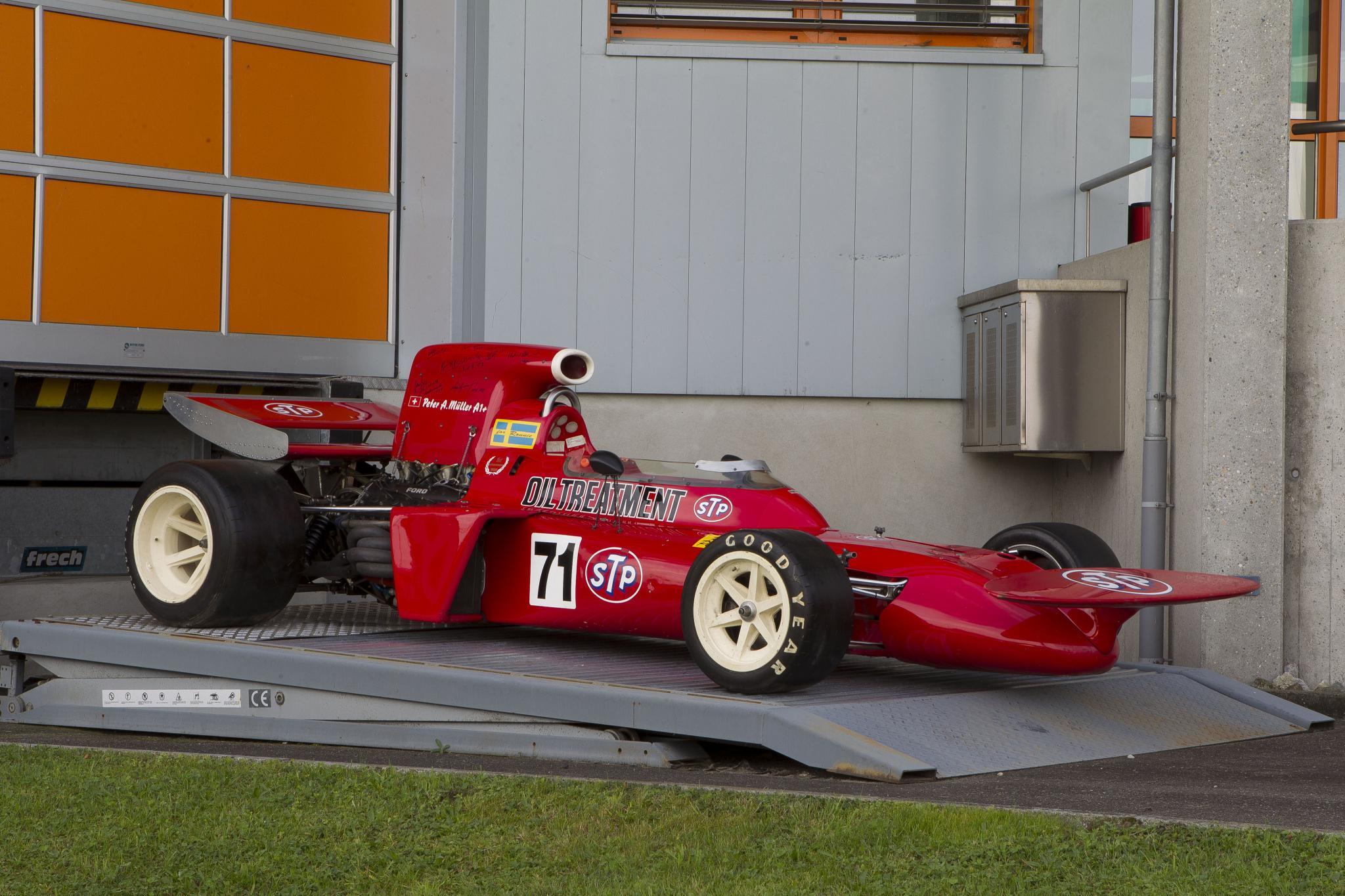Last week, the FIA announced that the unsightly Halo protection device will be on every Formula One car starting next year. While it may improve safety, it’s not the best looking piece of kit. So we thought we’d take a look back at other “innovations” that didn’t really add to the glamour of F1.

Tyrell P34B
Innovative? Yes. Beautiful? No. The idea behind the six-wheeled P34B was lower drag and cleaner overall aerodynamics. The design proved successful initially, but issues with the car being too heavy and difficult to maneuver through the corners led to its abandonment. The rules were later changed to specify that cars can only compete with a maximum of four wheels.

Williams FW26
Built during the era of Ferrari domination, it’s no surprise the other teams were willing to go to extreme lengths to stay competitive. The F26, nicknamed “Walrus nose”, was Williams’ solution. During pre-season testing before the 2004 season began, the car was on the pace immediately. Driver Juan Pablo Montoya was even pipped as title favourite. However, during the season, the car proved inconsistent. Williams reverted to a more conventional nose design 13 races in.

McLaren M7C
While it looks like scaffolding on top of the car, these wings were actually believed to improve downforce. The thought process was: it doesn’t matter what it looks like, as long as it’s fast. If the spoiler works on the back, it’ll work on the front right? It sounds silly now but in the late 1960s (and early 70s as we’ll see below) experimentation was rife in F1. The two wings didn’t work but McLaren famously went on to achieve great things in the sport.

Caterham CT05
For the 2014 season, the stepped noses of the year before were changed to lower, sloped noses in the interests of driver safety and aesthetics. The idea with the nose is to promote as much airflow as possible underneath the car to try and suck it to the tarmac. Since the teams could no longer do this with a step, some cars ended up with finger-like appendages at the front, therefore meeting the regulations but still forcing airflow underneath the car.
Caterham’s solution wasn’t really a finger. Let’s just say it resembled something else. Credit for not just going outside of the box, but tearing it up altogether. Nevertheless, the car wasn’t successful and the struggling team folded at the end of the year due to ongoing financial problems.

March 711
The wacky design of the 711 can be somewhat forgiven. Like the McLaren M7C of the 60s, F1 in the 70s was a time of trial and error when it came to aerodynamics. The only way to decipher whether something would improve downforce was to bolt it onto the car and see what happened. The “tea tray” at the front of the 711 did help bring some success to the March team in 1971, but ultimately no wins. Useful for transporting cups of tea, though.

Bonus: Every Car in 2018
For the safety conscious, the Halo’s introduction to Formula One is a match made in heaven. Multiple fatalities involving drivers’ heads across various open wheel categories — notably Jules Bianchi’s fatal crash at Suzuka in 2015 — sparked a new demand for increased safety in the sport. The Halo is the result.
Question marks have been raised about just how the frame will help. Small pieces of debris can still enter the car, the outcome of the Suzuka crash would’ve been the same and the drivers may find it difficult to exit the car in an emergency. After only just going through a redesign this year to please the fans, the Halo also ruins the aesthetics of the new generation F1 cars. But the FIA is insistent and we will see the device on every car on the grid next year.
See more articles on GTPlanet Lists and Halo.


